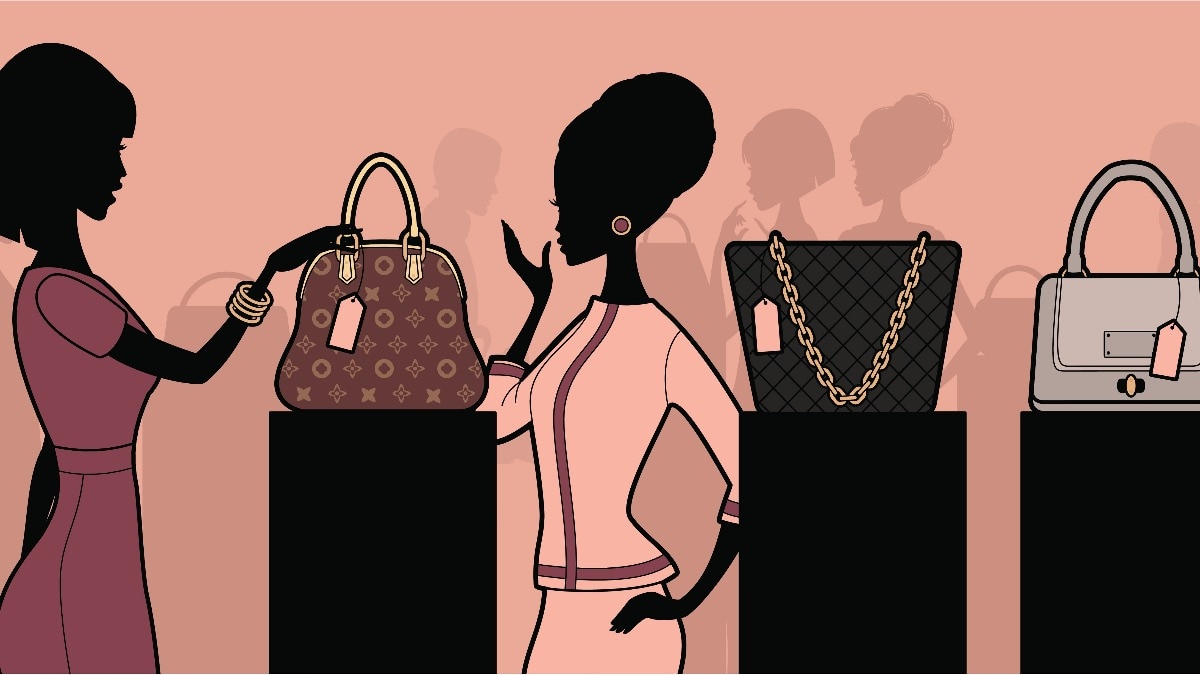India’s ultra-rich are multiplying but the middle class is bearing the hidden cost of that boom.
The country is poised to see a 50% jump in its ultra-high-net-worth individuals by 2028, the fastest rise anywhere in the world. But as luxury spending explodes and the economy climbs global ranks, the middle class is absorbing the financial pressure, warns Ashish Singhal, co-founder of CoinSwitch.
In a LinkedIn post, Singhal lays out the economic split with striking clarity. “You’re calculating groceries while someone just bought a ₹6 lakh handbag,” he wrote.
“Soon, that someone will multiply in numbers.”
India recently overtook Japan to become the world’s fourth-largest economy. Domestic luxury markets are growing at 15–20% annually, helped by tax changes, expanding malls, and reduced reliance on imports.
But that growth masks a deeper imbalance. “The top 0.1% is living its best life,” Singhal noted. “The middle 60%? Quietly adjusting.”
The cracks are showing. Over the past decade, income for Indians earning between ₹5 lakh and ₹1 crore grew at just 0.4% CAGR.
Meanwhile, food prices surged nearly 80%, slashing purchasing power by half. Yet consumer spending remains strong—because credit is bridging the gap.
Singhal calls this “a well-dressed decline.” People are still buying phones, flying once a year, and keeping up EMI payments.
But they’re also skipping savings, putting off doctor visits, and making mental calculations at every Zomato checkout. “You might just be paying for someone else’s portfolio,” he warned.
The disparity isn’t just about inequality—it’s about wealth being unintentionally funneled upward. As the rich compound wealth through investments, the middle class funds the system without access to the same returns.
Adding to the pressure, AI is beginning to threaten white-collar jobs, and political focus remains largely on welfare initiatives. This leaves the middle-income group—neither poor enough to receive aid nor rich enough to thrive—stranded in economic no man’s land.
“The poor are being supported. The rich are scaling,” Singhal wrote. “The middle class is just expected to absorb the shock, in silence.”
He argues for a shift in how India sees its middle class: not as a spending engine or vote bank, but as a critical economic pillar increasingly squeezed out of its own future.
